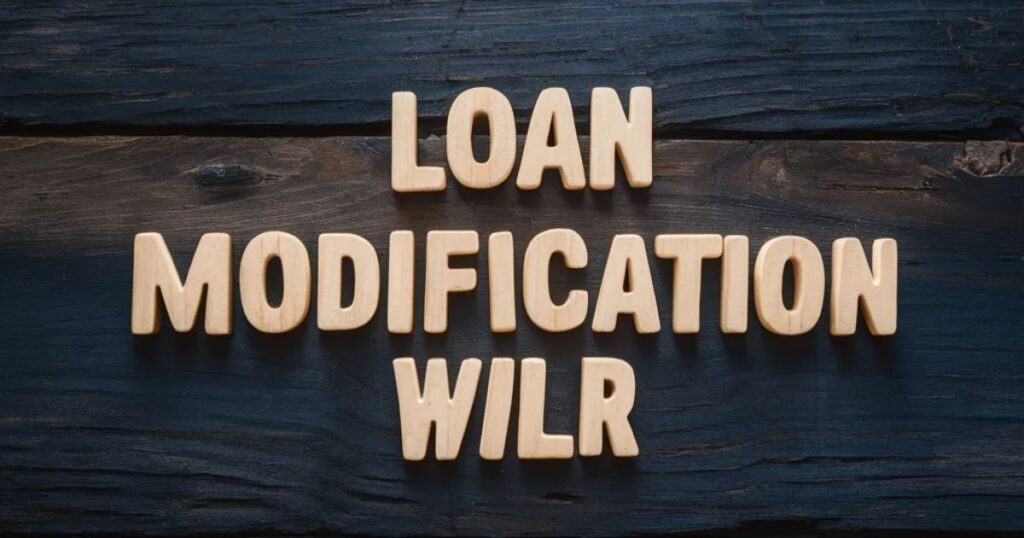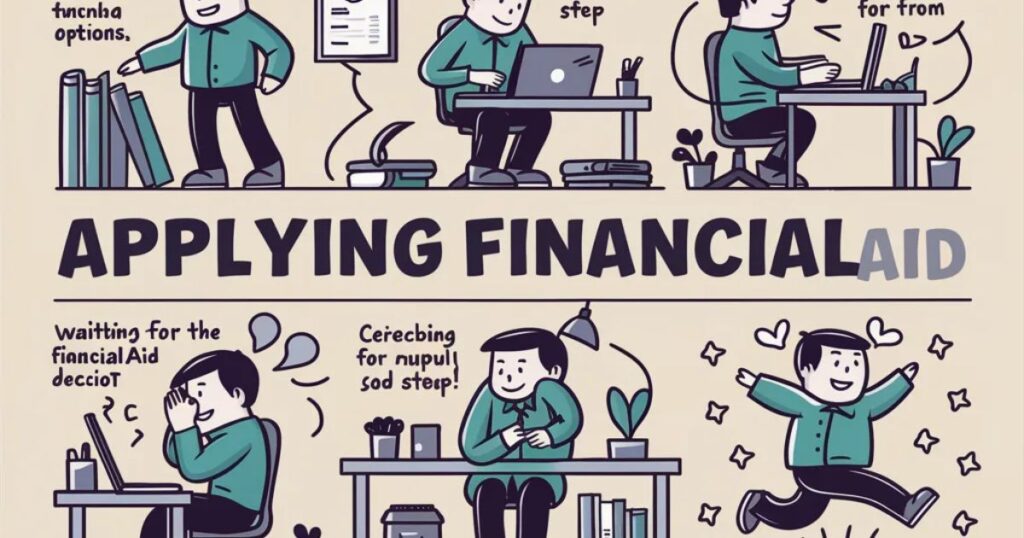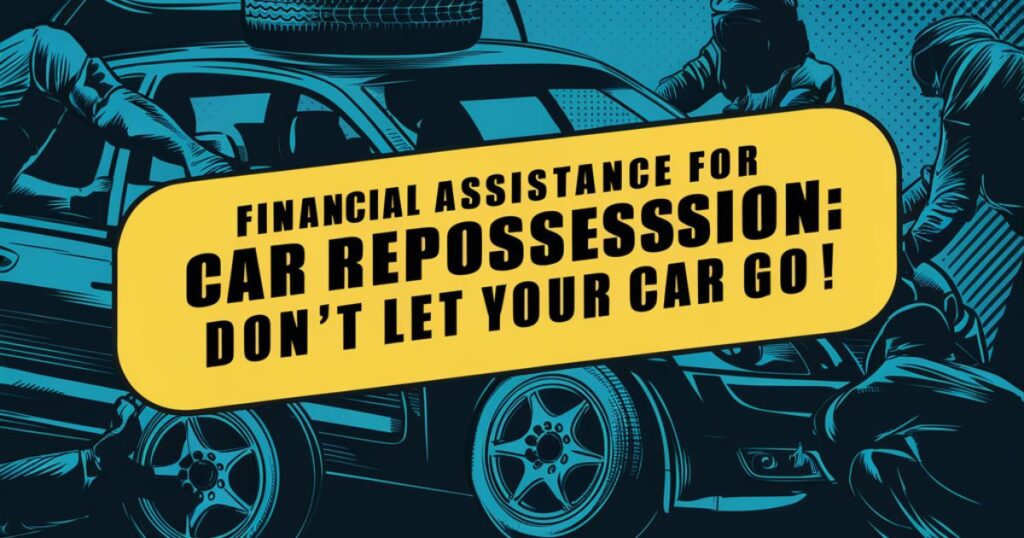Facing the possibility of your car being repossessed is an incredibly stressful and anxiety-inducing situation. The thought of losing your vehicle, which is often essential for commuting to work, running errands, and maintaining your daily life, can be overwhelming.
However, it’s crucial to understand that you have options and there are financial assistance programs available to help prevent repossession if you act quickly.
Table of Contents
Understanding the Repossession Process and Consequences
Before delving into the solutions, it’s essential to grasp the repossession process and its severe consequences. When you fall behind on car loan payments, your lender has the legal right to repossess the vehicle without warning.
They can seize the car from any public or private property, excluding garages if you have a reasonable expectation of privacy.
The repossession process itself comes with hefty financial penalties. You’ll be responsible for paying:
- Towing and Storage Fees: The towing company and storage facility will charge fees for repossessing and holding your car, which can accumulate quickly.
- Deficiency Balance: If the car sells for less than the amount you owe on the loan (which is likely), you’ll be responsible for the remaining balance, known as the deficiency balance.
Moreover, repossession has a severe and long-lasting negative impact on your credit score damage. This can make it difficult to qualify for loans (including mortgages and apartments) and even for some jobs, for several years.
Loan Modification Programs with Your Lender

Before resorting to external aid, it’s advisable to reach out to your lender first and explore loan modification programs designed to help borrowers facing financial hardship catch up on payments and keep their car.
A loan modification is an agreement between you and your lender that alters the terms of your original car loan. This can involve:
- Reduced Monthly Payments: This option makes your monthly obligation more manageable, easing the financial burden.
- Extended Loan Term: Spreading the loan over a longer period reduces the monthly payment amount but increases the total interest paid.
- Deferred Payments: This allows you to temporarily postpone payments, providing some breathing room. However, the deferred amount is added to the loan principal, increasing the total amount owed.
- Principal Reduction: In rare cases, the lender might agree to forgive a portion of the principal balance, significantly reducing your overall debt.
A successful loan modification can be a game-changer, preventing repossession, protecting your credit score, and making your car payments more manageable, allowing you to stay on track financially.
How to Request a Loan Modification
To request a loan modification, follow these steps:
- Contact your lender: Reach out to your lender’s customer service or loan modification department and explain your financial hardship.
- Provide documentation: Be prepared to provide documentation supporting your hardship, such as pay stubs, bank statements, and proof of any unexpected expenses.
- Propose a modification plan: Based on your situation, suggest a modification plan that would make your payments more affordable, such as a reduced payment amount or an extended loan term.
- Be persistent: If your initial request is denied, don’t give up. Politely follow up and consider escalating your case to a supervisor or loan modification specialist.
Lenders typically consider factors such as your financial hardship, your ability to repay under the modified terms, and your overall loan performance when evaluating modification requests.
Managing finances during unexpected life changes or economic challenges can be overwhelming, especially when trying to reduce expenses or generate additional income. Self storage units Blountville can be a valuable resource during these times, offering a secure place to store belongings if downsizing becomes necessary or if transitioning to a smaller living space temporarily. Utilizing storage units allows individuals to safeguard their possessions without the high costs of maintaining larger living arrangements, making it easier to focus on financial recovery and stability. This practical approach can ease the burden of handling material assets while prioritizing essential financial needs.
Non-Profit Financial Assistance Programs
If working with your lender doesn’t yield a satisfactory solution, there are numerous non-profit organizations that offer financial assistance programs to help prevent car repossession. Here are some notable examples:
- National Foundation for Credit Counseling (NFCC) (www.nfcc.org): The NFCC offers free credit counseling and debt management plans. They can negotiate with your lender on your behalf and may be able to develop a plan to catch up on missed payments and avoid repossession.
- Catholic Charities USA (www.catholiccharitiesusa.org): Many local Catholic Charities affiliates offer financial assistance programs to low-income individuals and families. Contact your local chapter to see if they offer car payment assistance.
- Salvation Army (www.salvationarmyusa.org/usn): Similar to Catholic Charities, some Salvation Army locations may have programs to help with transportation costs, including car payments in emergency situations. Reach out to your local branch to inquire about their specific offerings.
- United Way: Your local United Way chapter (www.unitedway.org) can provide information on charities or programs in your area that might offer car payment assistance.
These non-profit organizations may offer various forms of assistance, including grants, loans, payment plans, or counseling services. To find local resources, you can also consult websites like Charity Navigator (www.charitynavigator.org) or Guidestar (www.guidestar.org), or call the 211 helpline (www.211.org).
Government Financial Assistance
Although there isn’t a direct government program that pays for car payments, there are programs that can indirectly free up funds for transportation costs. These include:
- Temporary Assistance for Needy Families (TANF): While TANF doesn’t directly assist with car payments, it can provide financial aid for low-income families with children. This can help free up some funds to catch up on car payments.
- Supplemental Nutrition Assistance Program (SNAP): Similarly, SNAP benefits (food stamps) can help alleviate some grocery costs, freeing up a small portion of your budget to go towards car payments.
You can find information about these programs and other potential resources by visiting the website of the Department of Health and Human Services (HHS) (www.hhs.gov) or contacting your state’s Department of Social Services.
Step-by-Step Guide to Applying for Financial Aid

If you decide to pursue external financial assistance, including HARDSHIP GRANTS FOR INDIVIDUALS, follow this step-by-step guide to increase your chances of success
Research Your Options:
Explore websites like Charity Navigator or Guidestar to find reputable non-profits in your area offering financial assistance programs. Check websites of government agencies like the Department of Health and Human Services (HHS) or your state’s Department of Social Services for programs like TANF or SNAP. Contact your local United Way chapter or 211 helpline for information on local charities or programs.
Understand Eligibility Requirements:
Each program has its own criteria for who can qualify. This might include income level, residency limitations, and documentation proving your financial hardship. Carefully review the eligibility requirements on the program’s website or by contacting them directly.
Gather Necessary Documentation:
Be prepared to provide the following documents:
- Proof of Income: Pay stubs, tax returns, or other documents verifying your income.
- Hardship Documentation: Medical bills, eviction notices, or any documents demonstrating an unexpected financial burden.
- Car Loan Details: Information about your car loan, including the outstanding amount and delinquency status.
- Proof of Residency: Documents like utility bills or a driver’s license with your current address.
Submit Your Application:
Most programs offer online applications or require submitting paperwork by mail. Complete the application thoroughly and accurately, attaching all required documents.
Follow Up and Be Persistent:
Application processing times can vary. If you haven’t heard back within a reasonable timeframe, politely follow up to inquire about the status.
Tips for a Successful Application
- Be honest and transparent: Provide accurate information in your application to avoid any issues or delays.
- Get help from credit counselors: Non-profit credit counseling agencies can help with budgeting, debt management, and even navigating the application process for some programs.
- Highlight your situation and financial hardship: Clearly explain the circumstances that led to your inability to make car payments, and how assistance would help you get back on track.
- Be prepared to provide proof: Have all necessary documentation readily available to support your claims and eligibility.
Conclusion
Facing potential car repossession is undoubtedly a stressful and overwhelming situation. However, by understanding the available options and acting quickly, you can increase your chances of keeping your car and regaining financial stability.
Whether it’s working with your lender for a loan modification or exploring financial assistance programs through non-profit organizations and government resources, there are paths to prevent repossession and its severe consequences.
Remember, the key is to be proactive, thorough, and persistent in your efforts. Don’t hesitate to seek guidance from credit counseling agencies, as they can provide invaluable support throughout the process. With determination and by utilizing all available resources, you can navigate this challenging situation and keep your car on the road.
